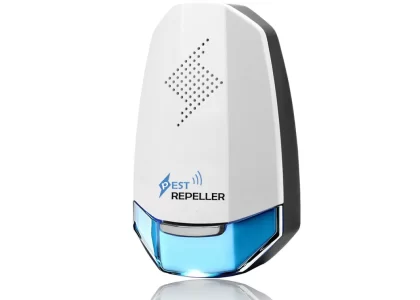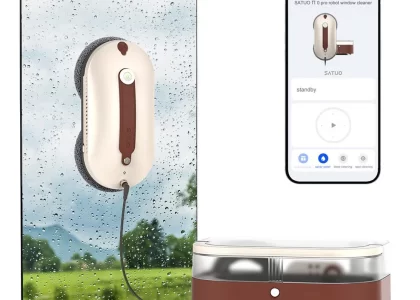 Introduction:
Introduction:
A washing machine that is not spinning properly can be a frustrating issue to encounter during your laundry routine. When your clothes come out soaking wet and the spin cycle seems ineffective, there may be underlying problems that need to be addressed. In this article, we will provide you with a comprehensive troubleshooting guide for a washing machine that is not spinning properly. We will explore common causes, potential solutions, and preventive measures that can help resolve this issue and ensure your laundry comes out clean and well-spun.
 Some common types of washing machines:
Some common types of washing machines:
There are several types of washing machines available, each offering different features and functionalities. Here are some common types of washing machines:
Top-Load Washing Machine:
This is the traditional type of washing machine with a vertical drum that is loaded from the top. Top-load washing machines are generally more affordable and take up less space. They are easy to use and have a variety of control options.
Front-Load Washing Machine:
Front-load washing machines have a horizontal drum that is loaded from the front. They are known for their efficiency and better cleaning performance. Front-load machines use less water and energy, offer larger load capacities, and have more advanced washing features. However, they are usually more expensive than top-load machines.
High-Efficiency (HE) Washing Machine:
High-efficiency washing machines, whether top-load or front-load, are designed to use less water and energy compared to traditional models. They have specific wash cycles and are often recommended for use with HE detergent.
Compact Washing Machine:
Compact washing machines are smaller in size and are designed for smaller spaces, such as apartments or RVs. They have a reduced load capacity but still offer the basic washing functions found in larger machines.
Washer-Dryer Combo:
Washer-dryer combo machines combine both washing and drying functionality into a single unit. They are convenient for those with limited space and do not require a separate dryer unit. However, the load capacity for drying is usually smaller than that of standalone dryers.
Portable Washing Machine:
Portable washing machines are compact and lightweight, designed for those who need a washing machine that can be easily moved and stored. They are ideal for travelers or people living in small spaces without access to a traditional washing machine.
Smart Washing Machine:
Smart washing machines can connect to Wi-Fi and be controlled remotely through a smartphone or other smart devices. They offer additional features such as remote monitoring, advanced programming, and notifications.
When choosing a washing machine, consider factors such as load capacity, energy and water efficiency, available space, desired features, and budget. Ultimately, the right type of washing machine depends on your specific needs and preferences.
 Introduction to Washing Machine Spin Cycle
Introduction to Washing Machine Spin Cycle
The spin cycle of a washing machine is essential for removing excess water from your laundry.
A. Purpose of Spin Cycle: The spin cycle uses centrifugal force to extract water and moisture from the clothes, reducing drying time.
B. Importance of Proper Spinning: If the washing machine is not spinning properly, the clothes may remain wet, leading to extended drying periods or the need for manual wringing.
Common Causes of Improper Spinning
Several factors can contribute to a washing machine not spinning properly.
A. Unbalanced Load: Unevenly distributed laundry inside the drum can cause the machine to vibrate excessively or fail to spin.
B. Overloading the Machine: If you overload the washing machine, it may struggle to spin properly.
C. Motor Malfunction: An issue with the washing machine’s motor can affect its spinning capacity.
D. Drive Belt Damage: A damaged or loose drive belt can prevent the tub from spinning effectively.
Troubleshooting Steps
Follow these steps to troubleshoot and potentially resolve the issue of a washing machine not spinning properly.
A. Check for Balance: Open the machine and rearrange the laundry to ensure an even distribution of clothes inside the drum.
B. Adjust the Load Size: If the machine is overloaded, remove some items to achieve a more balanced load.
C. Inspect the Motor: Check if the washing machine’s motor is functioning properly. If it is making unusual noises or not starting at all, it may need to be replaced or repaired.
D. Examine the Drive Belt: Inspect the drive belt for any signs of damage or wear. If necessary, tighten or replace the belt.
E. Observe the Lid Switch: If the lid switch is faulty, the machine may not engage the spin cycle. Check if the switch is functional and make any necessary adjustments or replacements.
Preventive Measures
Taking preventive measures can help ensure the proper spinning function of your washing machine.
A. Load Size: Avoid overloading the washing machine. Follow the manufacturer’s recommendations for load capacity.
B. Balance the Load: Properly distribute the laundry inside the drum, separating heavy items from lighter ones.
C. Cleaning and Maintenance: Regularly clean the washing machine’s drum, filter, and other components to prevent debris buildup that can affect spinning efficiency.
D. Gentle Cycle for Delicate Items: Use the appropriate washing machine setting for delicate or lightweight fabrics to prevent excessive agitation that may lead to imbalanced spinning.
 Seeking Professional Assistance
Seeking Professional Assistance
If your washing machine continues to have spinning issues or if you are uncomfortable performing troubleshooting tasks yourself, consider seeking professional assistance.
A. Appliance Repair Services: Contact an authorized repair service to diagnose and repair any complex or technical issues with your washing machine.
B. Manufacturer Support: Reach out to the manufacturer’s customer support for guidance or recommendations specific to your washing machine model.
 Conclusion
Conclusion
A washing machine that is not spinning properly can disrupt your laundry routine and leave your clothes soaking wet. By following this troubleshooting guide, you can address common causes of improper spinning and potentially resolve the issue. Remember to check for load balance, adjust load size, inspect the motor and drive belt, and ensure the functionality of the lid switch. Taking preventive measures and practicing proper maintenance will help prevent future spinning problems. If necessary, seek professional assistance to diagnose and repair complex issues. With these steps, you can restore the proper spinning function of your washing machine and ensure that your laundry comes out clean, fresh, and efficiently spun.





